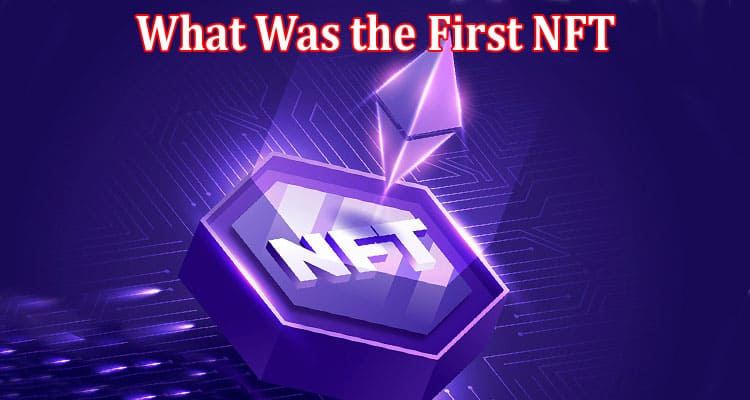What Was the First NFT? Exploring the Origin of Non-fungible Tokens
There have been many popular NFTs to go mainstream. From standalone pieces to generative artworks, several projects have stood out in some way as the face of the NFT industry. A prime example of this is Beeple’s Everydays: The First 5000 Days which sold for $69M in 2021, a record-breaking sale that captured the attention of many across the globe. Projects like this make it seem as though non-fungible tokens showed up out of nowhere. However, as big as they are, these NFTs did not pioneer the movement. Nope, NFT history runs all
Everydays: The First 5000 Days (Source: Opensea)
What are NFTs?
NFTs, also known as the non-fungible tokens, are digital assets that are unique and cannot be replicated. They are created using blockchain technology, which allows for secure ownership and transfer of the asset. Think of it like a digital collectible that can’t be duplicated or faked.
NFT Origin: How Did They Begin?
The origins of non-fungible tokens are pinned down at the beginning of blockchain technology. A project known as Colored-Coins was launched back in 2012, it provided users with an option to “color” individual bitcoins to represent other assets, for example; bonds, stocks, and even real estate.
The First NFT Project
Known as Quantum, the first NFT ever was minted by artist Kevin McCoy and entrepreneur Anil Dash. It was a digital artwork featuring a 10-second video clip of a rotating 3D cube, accompanied by a soundtrack, originally created by McCoy’s wife. McCoy and Dash used Bitcoin-based Counterparty Protocol to create the piece which sold for 1 BTC (approximately $600 at the time) in May 2014.
Quantum; The First NFT Art (Source: nftnow)
NFT History: Evolution Since the First NFT
2015
NFTs first appear in gaming, with the blockchain-based game Spells of Genesis featuring NFTs that players could use to trade cards.
2016
The first meme NFTs are created with Rare Pepes, which are satirical trading cards featuring the famous Pepe the Frog character. The cards became incredibly popular, with some selling for tens of thousands of dollars.
2017
The term “NFT” is officially coined by Dete Shirley, the CTO of Dapper Labs, in his ERC-721 documentation. CryptoKitties, a blockchain-based game that allows players to collect, breed, and trade unique digital cats, goes viral.
2017
CryptoPunks, a collection of 10,000 unique pixel-art characters, is launched and becomes a sensation, with some of the rarest CryptoPunks selling for millions of dollars.
2021
Beeple’s “Everydays: The First 5000 Days” becomes the first NFT artwork to sell for over $69 million at a Christie’s auction, solidifying NFTs as a legitimate art form. NBA Top Shot, a blockchain-based platform for buying, selling, and trading officially licensed NBA collectibles, sees explosive growth and becomes one of the largest NFT marketplaces.
Noteworthy Releases After the First NFT
- Bored Ape Yacht Club
- Decentraland
- Jack Dorsey’s first tweet
- Axie Infinity
- NBA Top Shot
- The SandBox
Conclusion: NFTs Today: The Impact of the First NFT
As the first NFT project, Quantum set a precedent for creating and owning digital assets in a decentralized and transparent manner, paving the way for the development and adoption of NFTs as a unique asset class. NFTs have experienced their fair share of growing pains as they evolve to meet the needs of the rapidly changing environments in which they are used. Like any other innovation, they are not immune to challenges, but they continue to adapt to fit the times and address the changing needs of their users.
More information about markets and utilities for web 3.0 here




